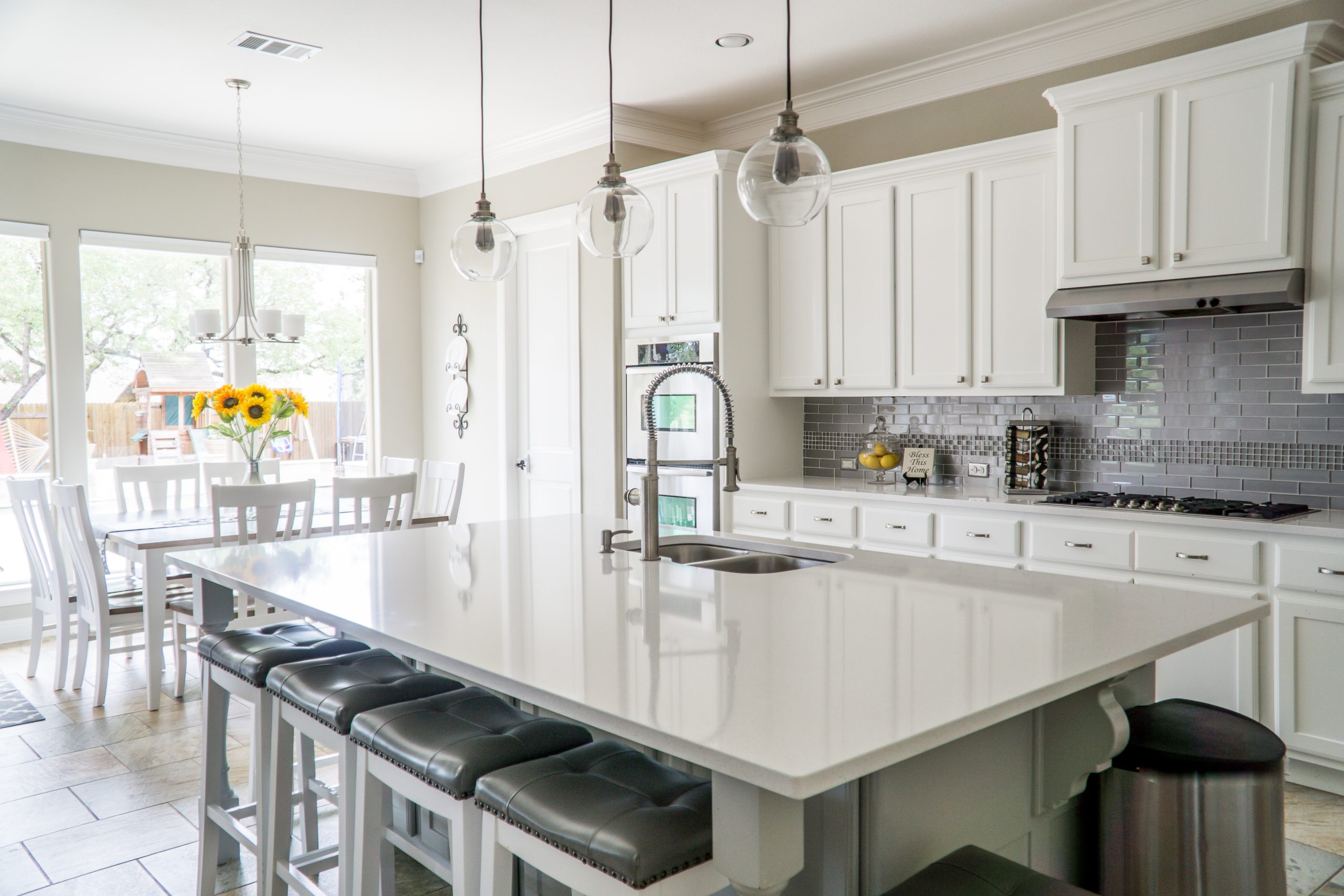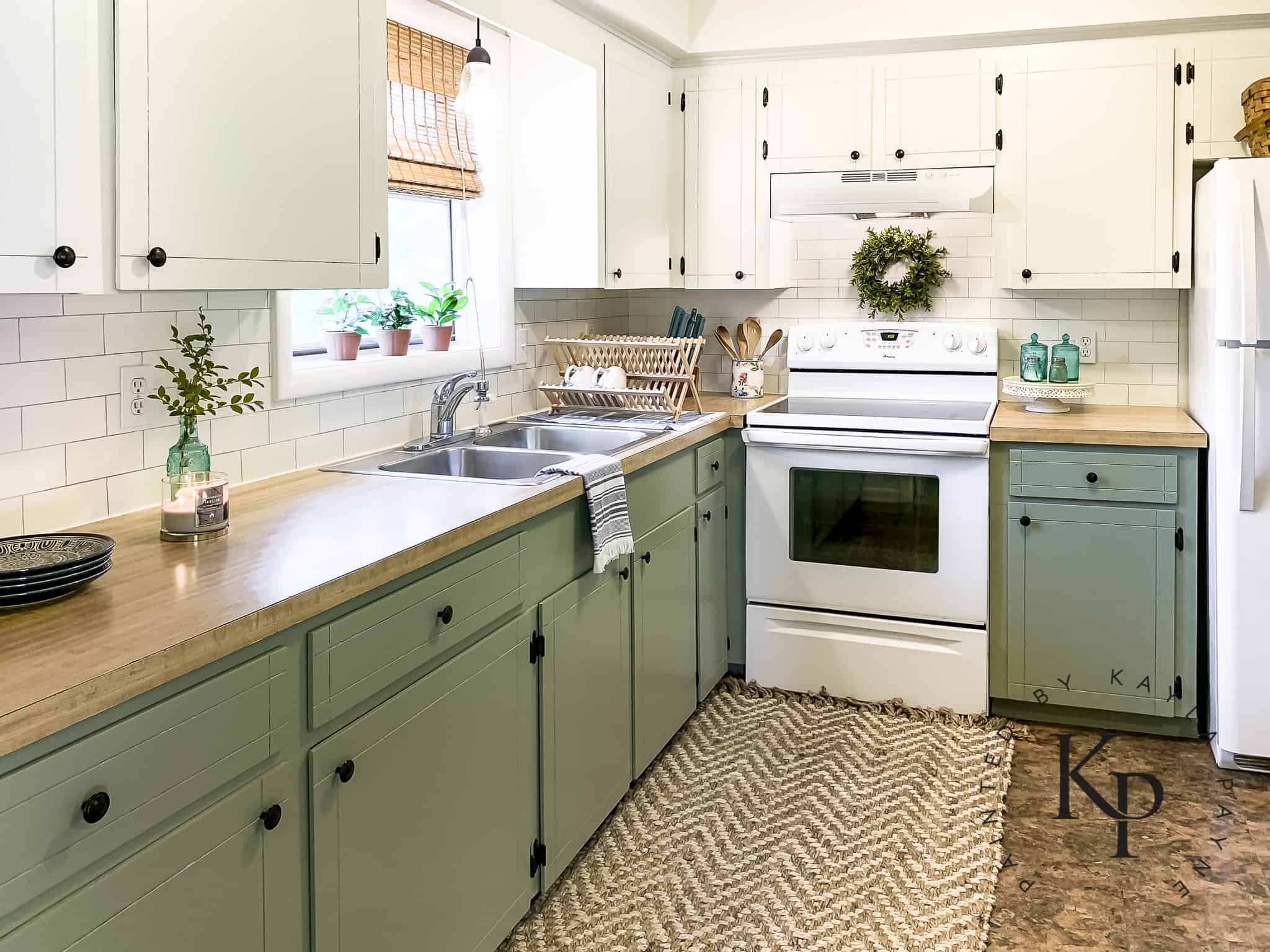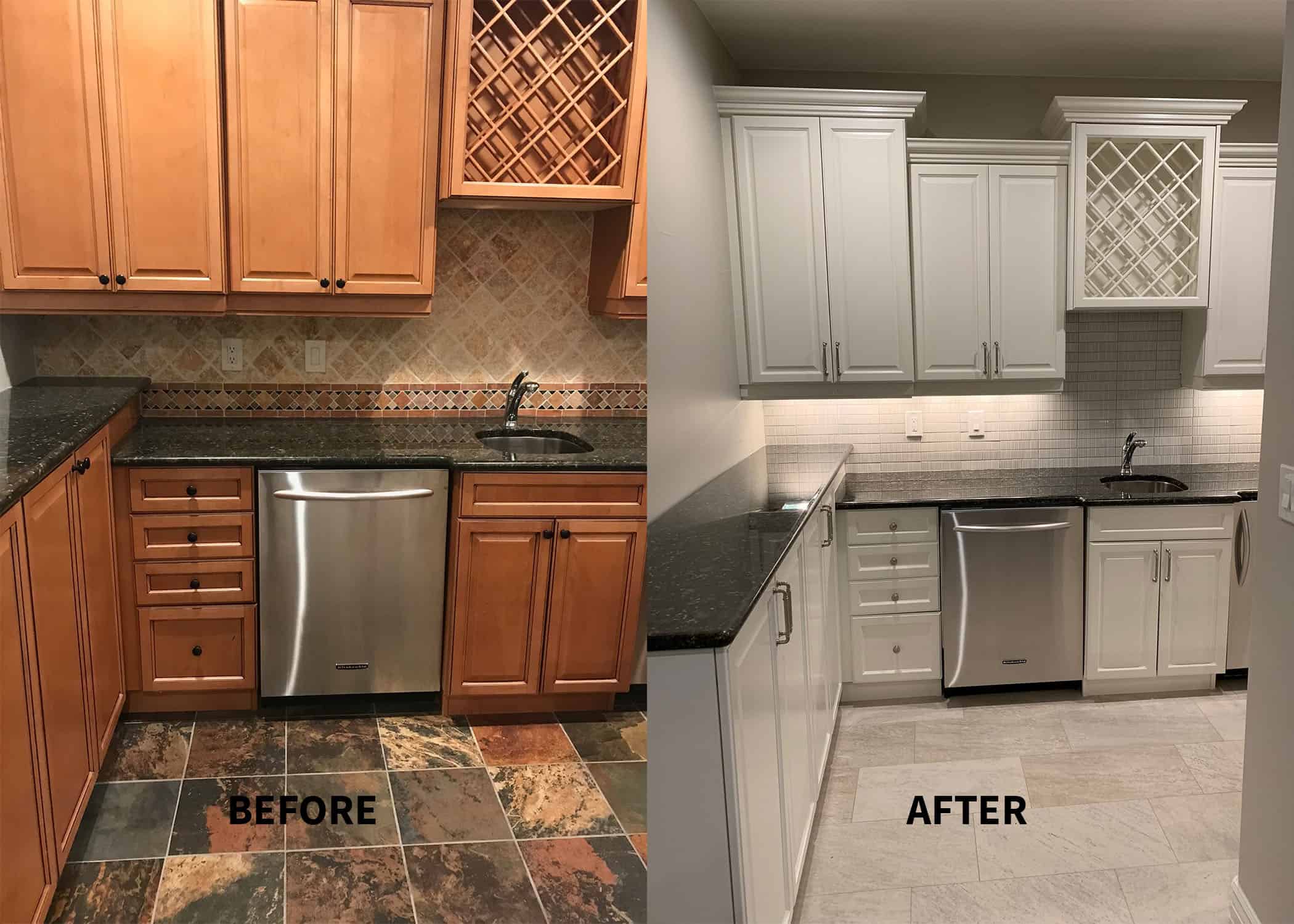Cost Comparison: Painting Kitchen Cabinets Versus Replacing

Choosing between painting and replacing your kitchen cabinets is a significant decision, heavily influenced by budget and desired outcome. A thorough cost comparison, considering both upfront expenses and long-term implications, is crucial for making an informed choice. This analysis will detail the average costs associated with each option, highlighting potential hidden expenses to provide a comprehensive understanding.
Cost Breakdown: Painting vs. Replacement
The cost of painting or replacing kitchen cabinets varies significantly based on several factors, including the size of the kitchen, the number of cabinets, the type of cabinets (wood, laminate, etc.), the quality of materials used, and regional labor rates. The following table provides estimated average costs. These figures are approximate and may vary depending on your specific circumstances.
| Task | Material Costs | Labor Costs | Total Estimated Cost |
|---|---|---|---|
| Painting | $200 – $800 (depending on paint quality and quantity) | $500 – $2000 (depending on cabinet complexity and labor rates) | $700 – $2800 |
| Replacement | $3000 – $15000+ (depending on cabinet style, material, and quantity) | $2000 – $8000+ (depending on cabinet complexity and installation) | $5000 – $23000+ |
Hidden Costs
It’s important to consider potential hidden costs that can significantly impact the overall project budget. Failing to account for these expenses can lead to unpleasant surprises and budget overruns.
Painting kitchen cabinets versus replacing – Painting Hidden Costs:
- Disposal fees for old paint and sanding debris.
- Cost of high-quality primer, essential for proper adhesion and finish.
- Unexpected repairs to damaged cabinet doors or frames that are revealed during the preparation process.
- Additional costs for specialized paint, such as those designed for high-moisture areas or for specific cabinet materials.
Replacement Hidden Costs:
- Cabinet demolition and disposal fees.
- Unexpected plumbing or electrical work required during installation.
- Costs associated with adjusting countertops or backsplashes to accommodate new cabinets.
- Potential need for additional hardware or accessories.
- Unexpected costs due to unforeseen issues with cabinet fit or wall structure.
Cost Savings Analysis
Painting kitchen cabinets offers significant cost savings compared to replacement. For example, a homeowner might spend between $700 and $2800 on painting, while a full replacement could cost $5000 to $23000 or more. This represents a substantial difference, potentially saving thousands of dollars. However, it’s crucial to weigh this against the lifespan of each option. While new cabinets offer a longer lifespan and potentially increased home value, repainting provides a more budget-friendly refresh, especially if the existing cabinets are structurally sound. The long-term value depends on factors such as the quality of the paint job, the condition of the cabinets, and the overall aesthetic goals. For instance, a well-executed paint job on solid wood cabinets can extend their lifespan considerably, providing a cost-effective alternative to replacement for many years. Conversely, replacing severely damaged or outdated cabinets might ultimately prove more cost-effective in the long run, preventing costly repairs and ensuring a higher resale value.
Aesthetic Considerations and Design Options

Painting kitchen cabinets offers a remarkable opportunity to transform the heart of your home without the significant cost and disruption of a full replacement. The careful selection of paint color and finish can dramatically alter the kitchen’s ambiance, creating a space that reflects your personal style and enhances the overall aesthetic.
The transformative power of paint lies in its versatility. A fresh coat can revitalize outdated cabinets, seamlessly blending them with existing décor or creating a striking contrast. Different paint finishes contribute to the overall feel of the space, influencing light reflection and the perceived texture of the cabinets.
Paint Finishes and Their Suitability for Kitchens, Painting kitchen cabinets versus replacing
The choice of paint finish significantly impacts the final look and functionality of your kitchen cabinets. Gloss finishes offer a high-shine, reflective surface that is easy to clean, making them ideal for high-traffic areas prone to spills and splatters. However, imperfections in the cabinet surfaces will be more noticeable with a gloss finish. Matte finishes provide a smooth, velvety appearance that masks minor imperfections and creates a more subdued, sophisticated look. They are less reflective than gloss finishes but may require more frequent cleaning. Satin finishes offer a happy medium, providing a subtle sheen with good durability and cleanability. They are a popular choice for kitchens, balancing aesthetics and practicality. Consider the level of maintenance you are willing to undertake and the overall style you are aiming for when selecting your finish.
Design Flexibility: Painting versus Replacing Cabinets
Painting and replacing cabinets offer distinct advantages regarding design flexibility. Painting allows for customization and updating of existing cabinet styles, providing a cost-effective way to refresh the kitchen’s look. Replacing cabinets, on the other hand, offers access to entirely new styles and designs, allowing for a more complete transformation.
The advantages of each approach are summarized below:
- Painting:
- Cost-effective: Significantly cheaper than replacing cabinets.
- Customization: Allows for updating existing styles with a wide range of colors and finishes.
- Less disruptive: A quicker and less messy process compared to cabinet replacement.
- Environmentally friendly: Reduces waste associated with cabinet disposal.
- Replacing:
- Complete transformation: Access to entirely new styles, materials, and configurations.
- Improved functionality: Opportunity to upgrade to more efficient storage solutions and layouts.
- Increased home value: New cabinets can significantly enhance the perceived value of your property.
- Enhanced durability: New cabinets are built to last and offer superior durability.
Hypothetical Kitchen Design Scenarios
Let’s imagine two different kitchen makeovers: one using cabinet painting and the other involving cabinet replacement.
Scenario 1: Cabinet Painting
Imagine a dated kitchen with oak cabinets. By painting them a soft, sophisticated shade of “Agreeable Gray” with a satin finish, the kitchen is instantly transformed. The satin finish subtly reflects light, creating a warm and inviting atmosphere. The neutral gray works beautifully with white countertops and stainless steel appliances, creating a clean, contemporary feel. The overall effect is a calming, elegant space, modernized without losing any charm.
Scenario 2: Cabinet Replacement
In this scenario, we envision a complete kitchen overhaul. The old cabinets are replaced with sleek, shaker-style cabinets in a rich navy blue with matte black hardware. The matte finish adds a touch of modern sophistication, complementing the crisp white subway tile backsplash and quartz countertops. The navy blue creates a dramatic and stylish focal point, injecting personality and vibrancy into the space. The overall impression is one of refined elegance and contemporary design.
Practical Aspects and Time Commitment

Choosing between painting and replacing your kitchen cabinets involves a significant time commitment, and understanding the differences is crucial for realistic planning. The total time required depends heavily on factors like cabinet size, the number of cabinets, the complexity of the design, and your level of DIY experience. A larger kitchen with intricate details will naturally take longer than a smaller one with simpler cabinetry.
The following table offers a comparative timeline for both projects, providing a general idea of the time involved. Remember, these are estimates, and actual times may vary.
Project Timelines
| Stage | Painting Time (Days) | Replacement Time (Days) | Description of Tasks |
|---|---|---|---|
| Preparation | 2-3 | 1-2 | Cleaning, sanding, removing hardware, filling imperfections (painting); Disconnecting utilities, removing old cabinets (replacement). |
| Painting | 3-5 | N/A | Priming, applying paint coats, allowing drying time between coats. Multiple coats are often necessary for optimal coverage and durability. |
| Installation (New Cabinets) | N/A | 5-7 | Assembling, leveling, and securing new cabinets to the walls. This often involves precise measurements and adjustments. |
| Hardware Reinstallation | 1 | 1 | Attaching knobs, pulls, and hinges to both painted and new cabinets. |
| Cleanup | 1 | 1 | Removing debris, cleaning up paint spills, and disposing of waste materials. |
| Total Estimated Time | 7-12 days | 8-11 days | These are estimates and can vary significantly depending on project complexity and individual skill level. |
Skill and Experience Requirements and Necessary Materials
Both painting and replacing kitchen cabinets require different skill sets and tools. Careful consideration of your abilities and available resources is essential for a successful outcome.
- Painting: Requires basic painting skills, attention to detail, and patience. Experience with woodworking tools (sanders) is helpful but not strictly necessary. A steady hand is essential for a professional finish.
- Replacement: Demands more advanced skills in carpentry, measuring, and installation. Experience with power tools and precise measurements is crucial. Incorrect installation can lead to significant problems, such as uneven cabinets or doors that don’t close properly.
The following lists detail the necessary materials and tools for each project:
- Painting:
- Painter’s tape
- Sandpaper
- Primer
- Paint (multiple coats recommended)
- Paintbrushes and/or rollers
- Drop cloths
- Putty knife
- Wood filler
- Cleaning supplies
- Replacement:
- New cabinets
- Measuring tape
- Level
- Screwdrivers (various types)
- Drill
- Saw (possibly)
- Cabinet hardware
- Safety equipment (eye protection, gloves)
- Possibly additional tools depending on the cabinet installation requirements.
